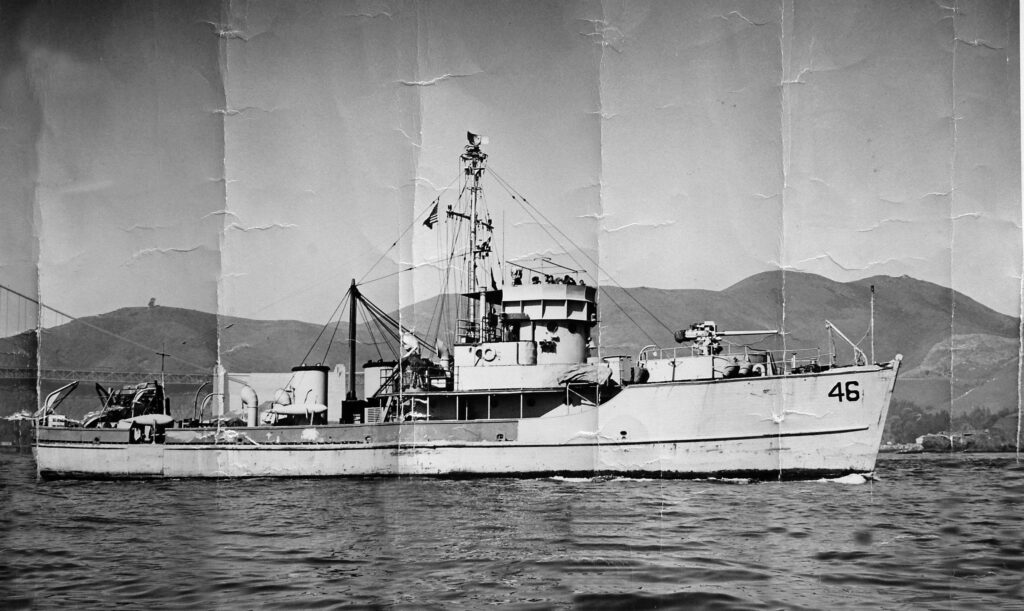
When Howard E. Wheeler Sr. founded The Wheeler Shipyard Corporation in 1910 his vision was to design and build high-quality yachts for sport and leisure. His singular focus paid off — within a few years the craftsmanship of his yachts had garnered a prestigious reputation nationwide. Business was booming at the Brooklyn-based boatyard, but at the onset of WWI, Wheeler didn’t hesitate to change tack to support America’s defense.
Wheeler’s Subchasers and Yard Tugs of WWI
In 1917, Wheeler bought a ticket to Washington, D.C. and convinced the Navy to sign a contract with his shipyard for nine 110-foot submarine chasers. While he had never built such a craft, he managed to parlay his experience with 85-foot yachts into developing the longer naval vessels. The partnership was fruitful for both parties — the Navy was so satisfied with the subchasers it ordered four more, plus a dozen Navy tugboats and a handful of smaller craft.
Subchasers were an integral part of the Allies’ defense in both world wars. Enemy submarines were lurking everywhere, dealing deadly blows to military, supply and even civilian ships. Wheeler’s subchasers were specially designed with depth charges that could be dropped into the water to detonate a powerful and destructive hydraulic shock.
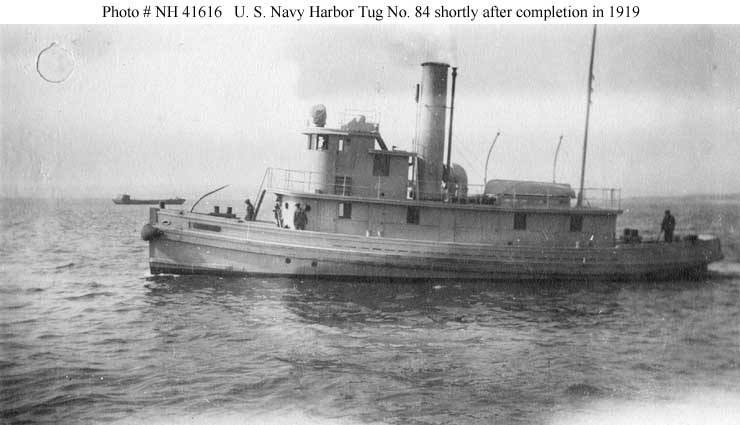
U. S. Navy Harbor Tug No. 85 was a 215-ton, 88-foot long wooden-hulled tug that was laid down by the Wheeler Shipyard in 1918 and commissioned in July 1919. No. 85 performed harbor towing until 1920 when she was transferred to the U.S. Coast Guard in New York, renamed USCGC Chillicothe, and employed on the St. Lawrence River and Great Lakes for five years.
Post WWI
After the war in 1919, Wheeler secured a contract with the Army for 24 mine yawls, leading him to build a new shipyard on Coney Island. Over the next two decades, Wheeler churned out row boats and sea skiffs, six 26-foot U.S. Army patrol boats and six 56-foot U.S. Coast Guard boarding boats.
All Hands on Deck to Support the Allies in WWII
When America entered WWII in 1941, Wheeler once again shifted production to support our armed forces, supplying the U.S. Army with 24 26-foot cable boats that were used to lay underwater cables that supported military communications.
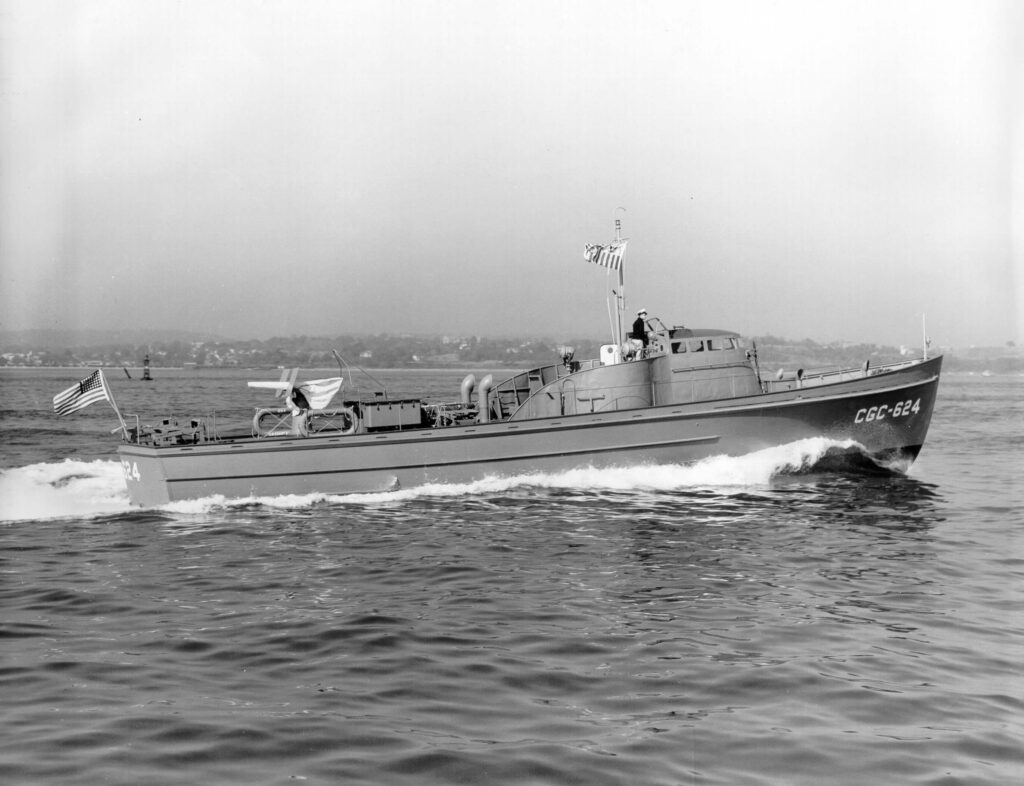
From 1941-1944, Wheeler also built 238 wooden-hulled U.S. Coast Guard patrol craft. The first 145 of these 83-foot cutters were fitted with an Everdur bronze wheelhouse until metal scarcity during the war forced production to switch to a plywood wheelhouse.
Wheeler Ships Built at Whitestone Yard
Wheeler’s second location in Whitestone, New York stayed very busy during WWII producing a variety of boats for both American and British forces.
During WWII, it’s estimated between 600,000 and 1,000,000 naval mines were laid. The U.S. Navy used 21 wooden-hulled minesweepers built by Wheeler to sweep anchored mines by cutting their mooring ropes or chains. Once detached, the mines floated to the surface and were destroyed by gunfire, clearing the way for other vessels to sail safely through the water. The British Royal Navy also commissioned Wheeler to produce 20 minesweepers for its fleet from 1942-1943.
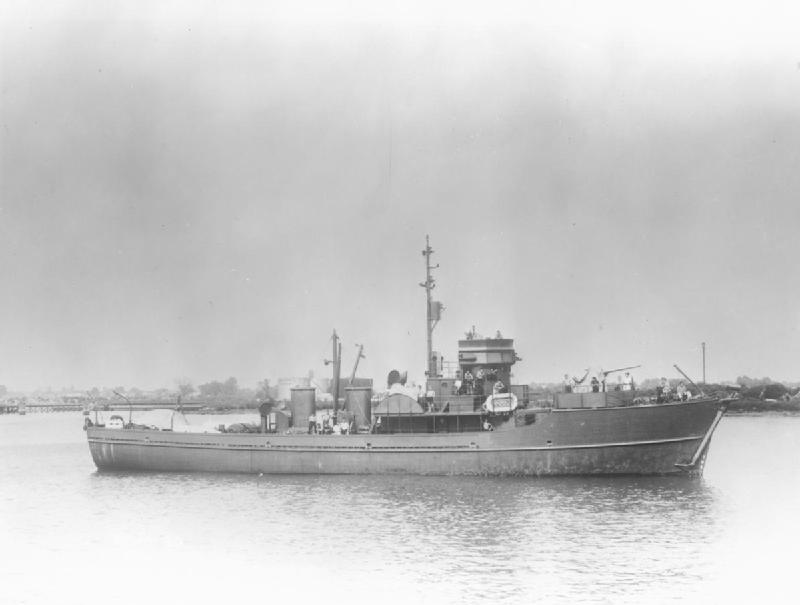
Just as in WWI, subchasers remained vital for the Allied forces’ defense in WWII. Wheeler produced 14 136-foot subchasers, including the USS Beaufort. She was as laid down in 1943, launched on October 10, 1944 as PCS-1387, and commissioned at the New York Navy Yard on November 27, 1944. She was used as a training platform for new sonarmen as well as a harbor guard ship in Key West. Her training duties continued past the end of the war and well into the 1950s.
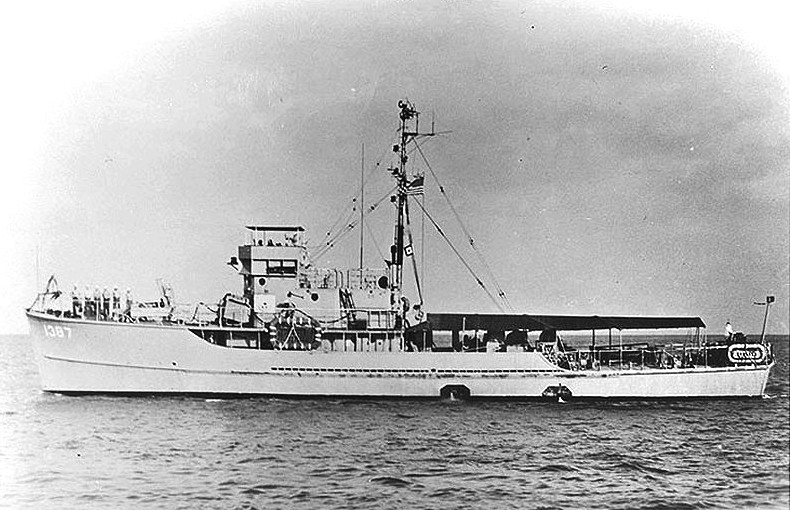
The Navy called upon Wheeler to build tugboats again, but in WWII they were much larger boats measuring 165 feet in length. Fourteen of these tugs were produced in 1944 that moved ships and barges, towed damaged ships and aided in rescue missions. In 1945, the U.S. Army also turned to Wheeler for six more 86-foot tugboats, a slightly shorter version of the vessels the company built in WWI.
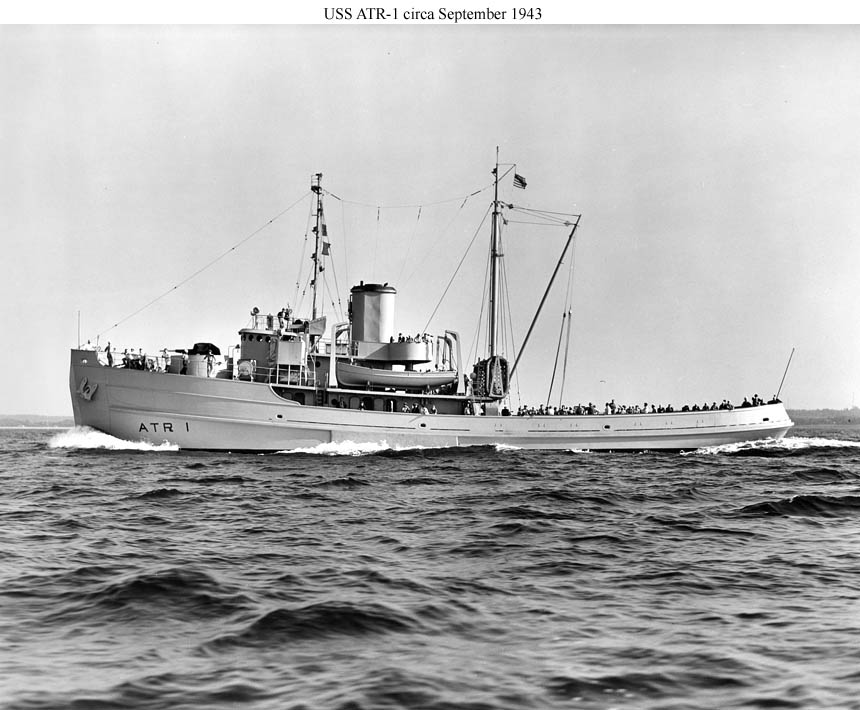
During the early days of WWII, the U.S. Army needed cargo ships that could transport supplies from large ports to shallow areas along the coastline. Freight Supply ships solved this issue with large ocean-going boats that could sail into shallow waters. Wheeler built 41 of these 176-foot-long boats which operated in areas including the Southwest Pacific, Guam and Hawaii.
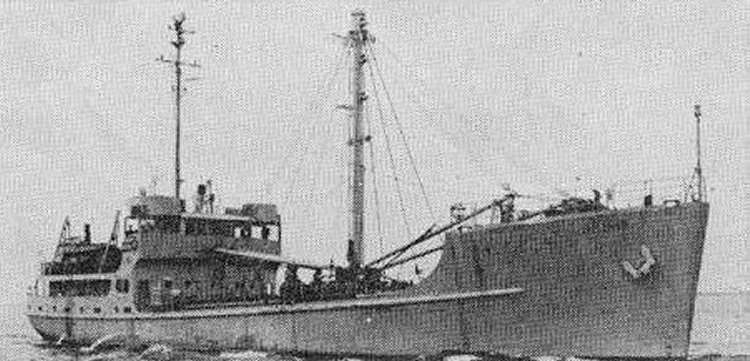
Wheeler’s final contribution to America’s wartime fleet in WWII was seven 64-foot U.S. Army Derrick Barges that were delivered in 1945. These barges featured tall cranes capable of hoisting heavy cargo loads, engines and even smaller ships.
Over the course of WWI and WWII, Wheeler Shipyard Corporation built an astounding 412 vessels for the military. Each was handcrafted with pride and patriotism to support the United States and Great Britain’s victories in both wars.
